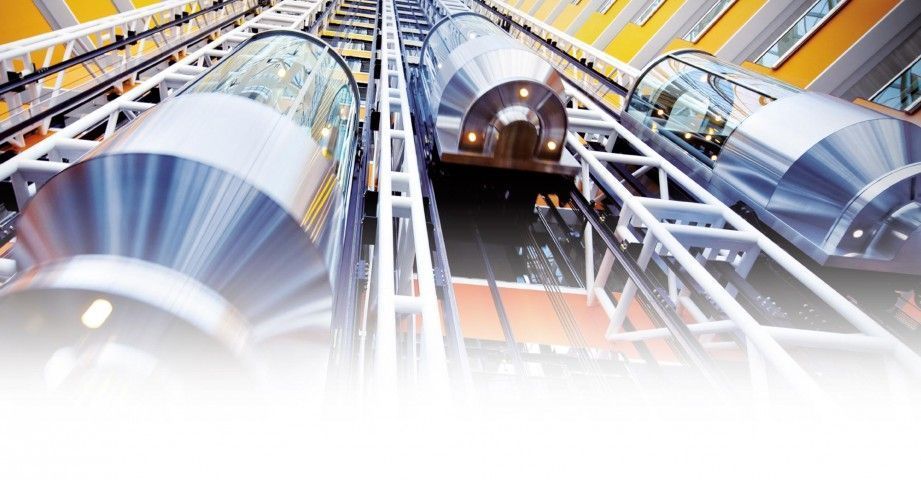TS EN 12015 / EN 12015:2014 Standard
TS EN 12016 / EN 12016:2013 Standard
ELECTROMAGNETIC COMPATIBILITY (EMC) - PRODUCT FAMILY FOR LIFTS, ESCALATORS AND MOVING WALKS - 12015: EMISSION - 12016: IMMUNITY
TS EN 12015 and TS EN 12016 standards are among the Electromagnetic Compatibility (EMC) product standards. Elevator, escalator and belt device manufacturers design their products according to TS EN 12015 and TS EN 12016 standards and perform testing (EMC Test).
TS EN 12016 standard, basic EMC immunity measurement and methods for elevators, escalators and band devices and systems; TS EN 12015 standard covers emission rules for these equipment.
The purpose of the TS EN 12015 and TS EN 12016 standards is to specify the general characteristics and tests (EMC Test) for the electromagnetic compatibility (EMC) of elevators, escalators and belts intended to be permanently installed in buildings. These standards do not apply to electromagnetic environments such as radio transmitter stations, railways, heavy industry facilities, and power stations.
Electromagnetic Compatibility (EMC) Tests:
Electromagnetic Compatibility tests (EMC Test) are tests that control the operation of any electrical and electronic device or system without being affected by and affecting other devices or systems in the environment. EMC Tests are generally examined in 2 general categories: immunity and emission.
Emission Tests specified in EN 12015;
- Radiated Emission
- Conducted Emission
- Harmonics
- Click Disturbance
Immunity Tests specified in EN 12016;
- Electrostatic Discharge - EN 61000-4-2
- Radiated Immunity - EN 61000-4-3
- Electrical Fast Transients / Burst - EN 61000-4-4
- Surge - EN 61000-4-5
- Conducted Immunity - EN 61000-4-6
- Voltage Dips and Interruptions - EN 61000-4-11
Test Levels for Immunity Tests
Enclosure Ports;
|
Test Set-up |
Test Values
|
Performance Criteria |
|
ESD EN 61000-4-2 |
Contact: ±4 kV Air Discharge: ±8 kV |
B |
|
Radiated Immunity EN 61000-4-3 |
10 V/m 80 MHz – 1,785 GHz
%80 AM – 1 kHz |
A |
Input and output A.C. power ports rated ≤ 100A per phase;
|
Test Set-up |
Test Values
|
Performance Criteria |
|
|
Electrical Fast Transients / Burst EN 61000-4-4 |
±1 kV 5 kHz |
B |
|
|
Surge EN 61000-4-5 |
±1 kV Line to Line ±2 kV Line to Ground |
B |
|
|
Conducted Immunity EN 61000-4-6 |
3 V/m 0,15 MHz – 80 MHz %80 AM – 1 kHz |
A |
|
|
Voltage dips - Interruptions EN 61000-4-11 |
%0 UT=1 cycle %70 UT=25 cycle %40 UT=10 cycle |
%0 UT=250 cycle |
B-C |
|
|
|
|
|
Input and output DC power ports with current rating ≤ 100A;
|
Test Set-up |
Test Values
|
Performance Criteria |
|
Electrical Fast Transients / Burst EN 61000-4-4 |
±0,5 kV 5 kHz |
B |
|
Surge EN 61000-4-5 |
±0,5 kV |
B |
|
Conducted Immunity EN 61000-4-6 |
3 V/m 0,15 MHz – 80 MHz %80 AM – 1 kHz |
A |
Performance Criteria
Performance Criterion A: The apparatus/assembly of apparatus shall continue to operate as intended. No degradation of performance or loss of function is allowed below a performance level specified by its manufacturer, when the apparatus or assembly of apparatus is used as intended.
Performance Criterion B: The apparatus/assembly of apparatus shall continue to operate as intended after the test. No degradation of performance or loss of function is allowed below a performance level specified by its manufacturer, when the apparatus or assembly of apparatus is used as intended
Performance Criterion C: Temporary loss of function is permitted, provided the function is self-recoverable or can be restored by the operation of the controls.
Performance Criterion D: The apparatus/assembly of apparatus and the associated safety component(s) shall continue to operate as intended. No degradation of performance or loss of function is allowed other than a failure into a safe mode.

